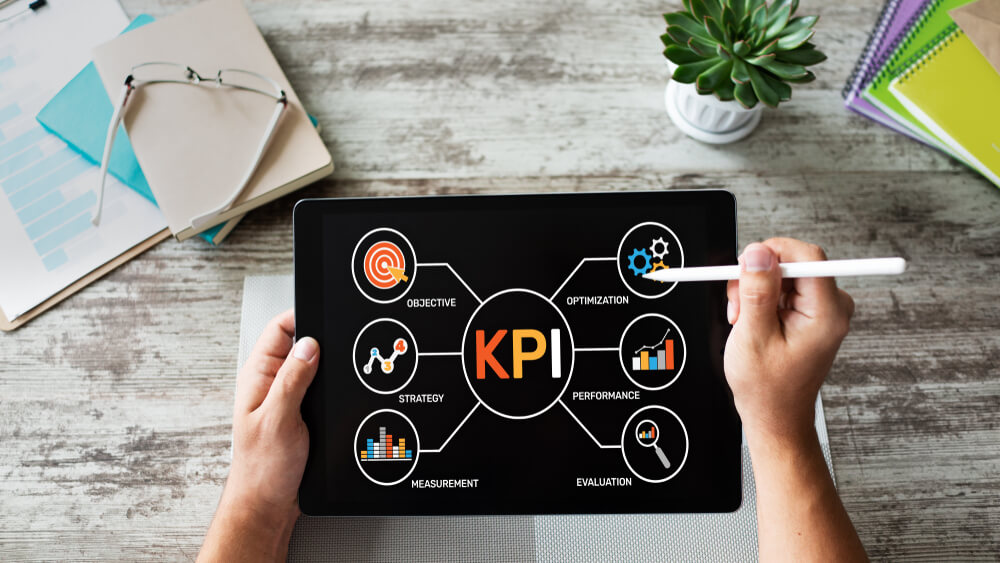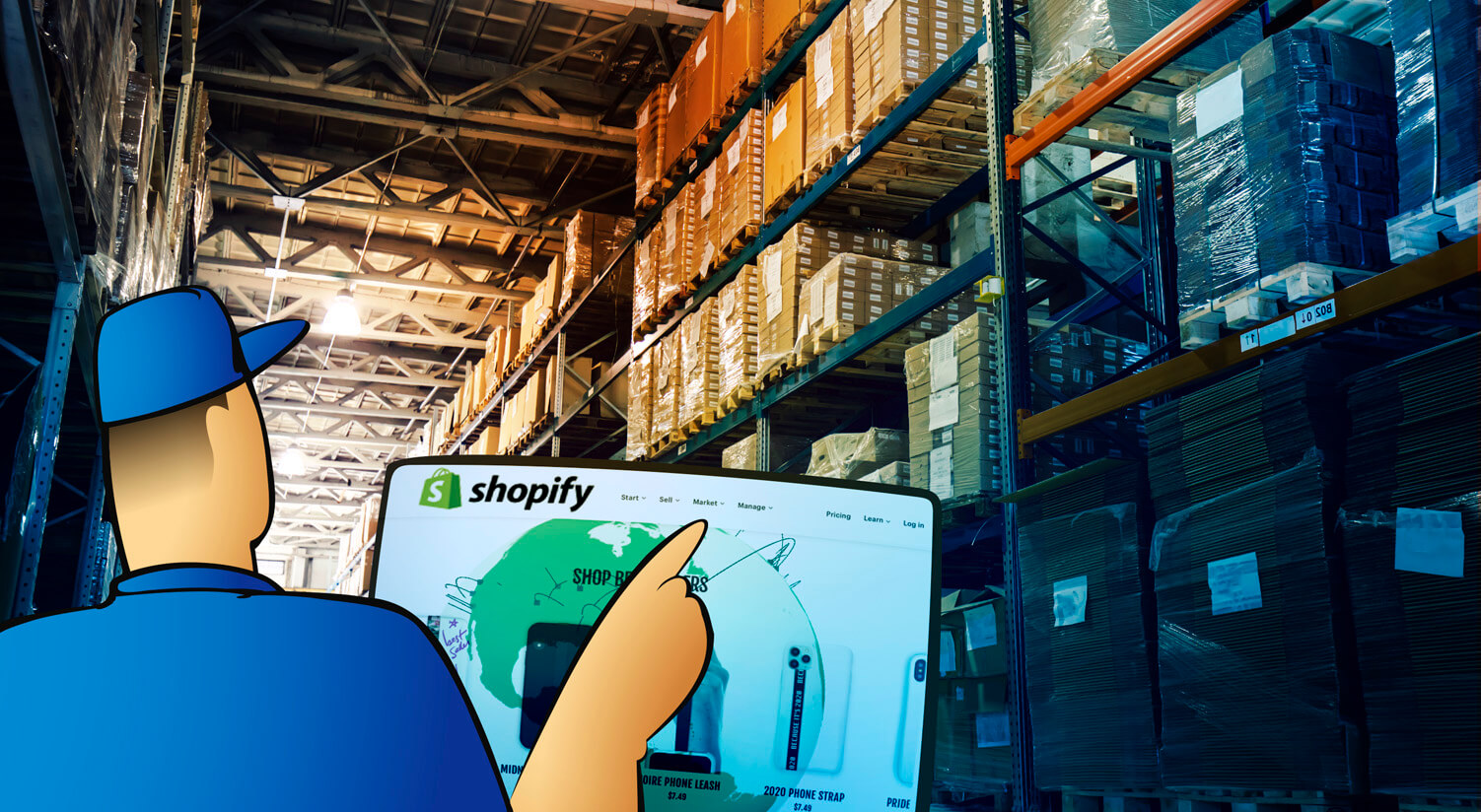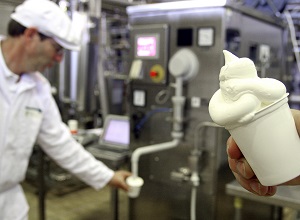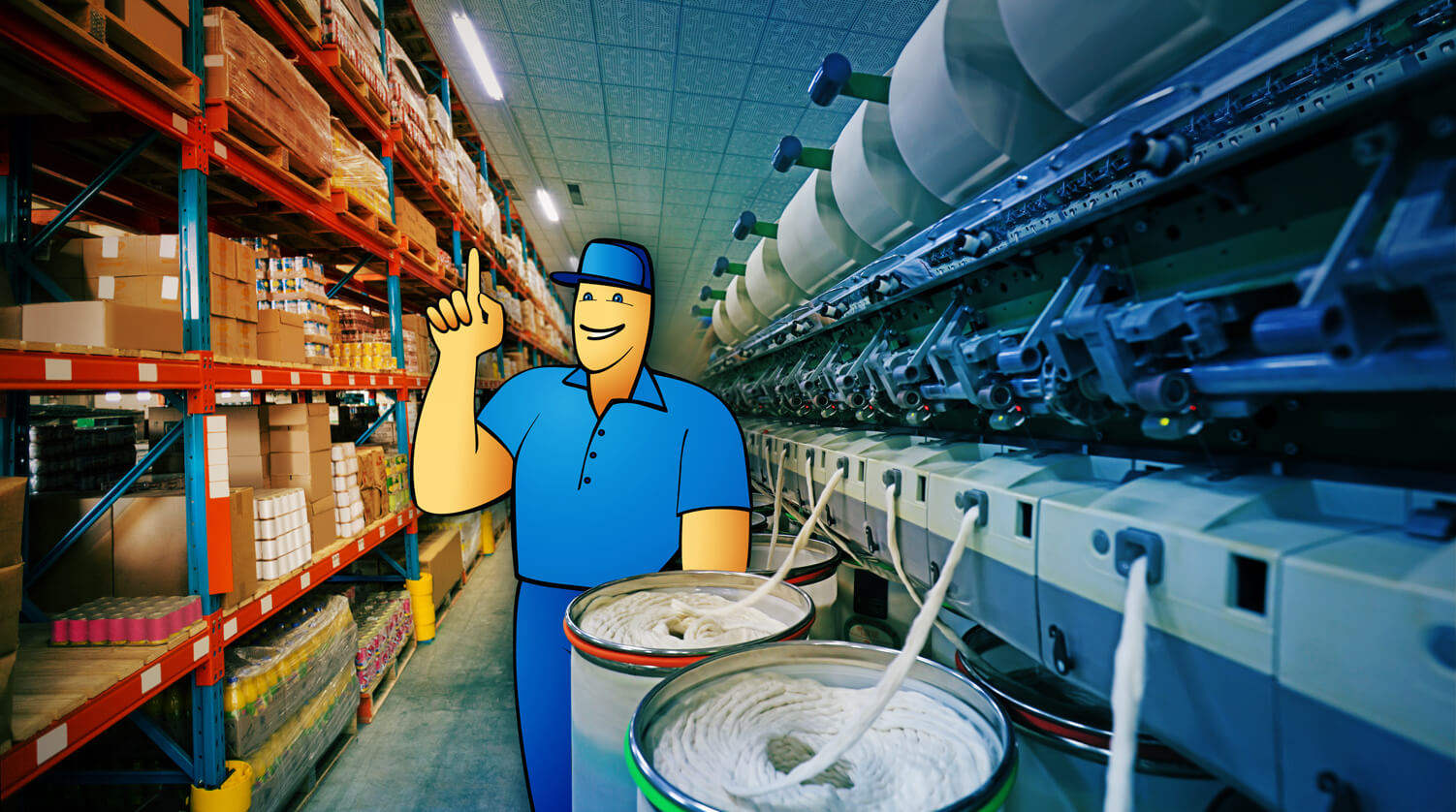Lean Manufacturing Practices that can Help Improve Your Manufacturing Processes
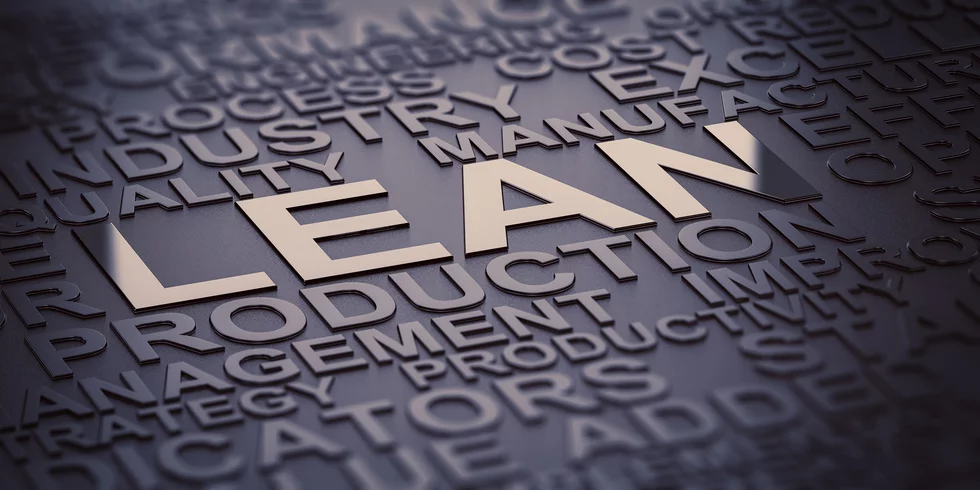
You can also listen to this article:
Any manufacturer understands the importance of practices that add value to their operation, and that’s exactly what’s at the core of lean manufacturing.
The lean philosophy revolves around one very simple idea: eliminating all waste across the manufacturing process. Waste can be defined as any production activity that adds no value from the customer perspective, and you may be surprised to know these can amount to up to 60% of the production activities in a typical manufacturing operation.
As waste comes in many forms, like lack of flow between stages of production, overproduction, excess of labour motion, defects, and more; most operations also have proportional improvement opportunities through lean manufacturing practices and techniques.
Although in general they may seem abstract, overly-complicated, or even costly, the correct execution and effective application of these translates into processes that affect the overall operation to increase quality, safety, and labour morale. All of this, while keeping costs and lead times as minimal as possible. Eventually, consistency in these practices will turn into profit.
With that in mind, here’s an introduction to some practices that will help you get started in the never-ending commitment of improving your manufacturing processes.
Minimizing waste
Minimizing and, if possible, eliminating all waste is the general purpose of the lean methodology and, as stated before, regardless of the phase of the process, waste can exist at any level associated with manufacturing. To effectively identify waste, it’s best to think of it as anything that:
- Doesn’t serve a specific customer requirement
- Can be done spending less resources
It’s critical to clearly identify waste, before moving forward with the next steps.
Constant improvement
The implementation of a lean methodology is not something that can ever be finished. The most common thing to do when engaging a lean transformation is to set initial goals, but it is crucial to keep in mind that once achieved you’ll need to aim for new ones. There will always be something to improve, more and new ways to boost efficiency, more ways to refine processes, more ways to eliminate waste and to get the most out of your lean manufacturing investments.
If you’d like to research more about implementing lean techniques in your facility, have a look at this paper on lean implementation.
Optimized production flow
Although lean principles and concepts should be applied throughout the whole organization and not just the manufacturing process, it’s more often employed in terms of the production plant. In the best of examples, this looks like a seemingly frictionless work flow throughout every process, and the transitions in between, with only the absolute minimum delays, inventory, handling, downtime, rework, and scrap.
With a stream mapping feature, MRP (Material Resource Planning) software can create a model to display how materials and data flow through a production process. This is an incredibly valuable asset in the process of identification of bottlenecks and other improvement opportunities overall.
MRP software can be used for monitoring the time it takes for materials to get to the dock and to be dispatched as a complete product, a metric that is crucial in the assessment of lean opportunities and improvements. You can find out more about the benefits of an MRP system in your manufacturing operation in this article.
Streamlined sales & customer service
Customer service should be at the heart of any organization and, as such, lean practices need to be implemented not only to minimize and eliminate waste in the product-creation processes, but also to improve customer service. Once you remove waste from customer service processes, you’ll also get rid of inconveniences, delays, and costs, which will inevitably result in a streamlined process that’ll make the overall customer experience more rewarding.
Seamless collaboration
Lean practices and principles are meant to be used just as much within the manufacturing space as beyond it. With a proper demand forecast, production takes on a new and more efficient dimension, where the manufacturer is able to plan, produce and ultimately provide what the customers really want, and how they want it, while keeping unnecessary process steps and inventory at a minimum. A better forecast is achieved by getting lots of relevant information from your sales department, agents, distributors, and most importantly, customers. The knowledge to interpret this data also resides with them.
Final Thoughts on Lean Manufacturing Processes
To stay competitive in the manufacturing sector, it’s critical that you continually improve your processes to help maximize your profitability. Using lean processes, measurement, and methodologies – you’d be surprised at how much waste can be taken out of your operation to help you stay ahead.
